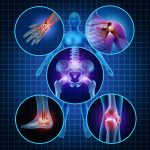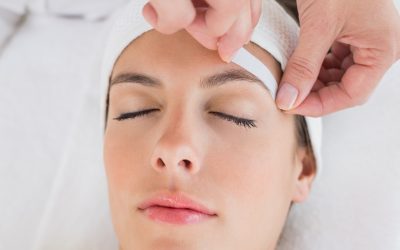Massage therapy is a vast discipline that incorporates many different techniques which often have ancient roots. Reflexology is one of these time-honored therapeutic methods. It’s roots stem from ancient Asian and Egyptian healing traditions in which specific areas of the feet and hands ‘reflex’ or directly relate to distant aspects of the body.
Pressure applied in a variety of ways to precise areas of the extremities prompts the body to send a neurological signal to return other, more distant areas to equilibrium. For example:
- Headache pain can be relieved by applying pressure to the tips of the fingers or toes.
- Shoulder pain can be reduced by working with the base of the pinky finger or little toe.
Why Study Reflexology Courses?
Imagine being able to support the entire body in its return to balance by working solely with the feet or hands. Paired with massage therapy,
reflexology courses can offer an effective way to address bodily stress and tension.
Reflexology techniques dovetail and complement therapeutic massage and produce benefits which augment healing:
- Increased circulation, delivering fresh blood and nutrients to areas of chronic congestion.
- Enhanced toxin elimination, revitalizing tissue and increasing vitality.
- Activation of the relaxation response, restoring equilibrium down to the cellular level.
What to Expect From Reflexology Courses
The basics of reflexology are offered as a part of most United States massage therapy certification programs. Each student graduates with everything they need to successfully integrate reflexology techniques into therapeutic massage, or to offer reflexology as a specific service on its own.
Beyond the basics, there are also reflexology courses offered nation-wide by experts in the field who have developed their own curriculum aimed to provide in-depth study and master-level proficiency in this discipline.







